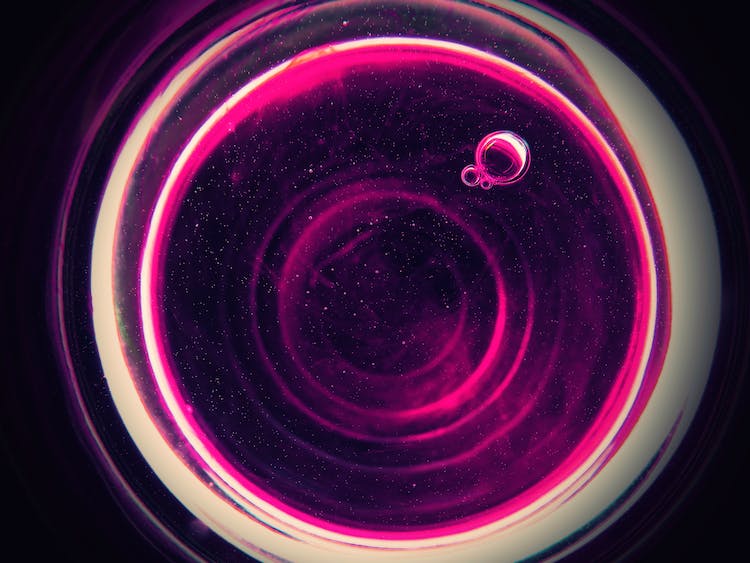The process of laser cutting has revolutionized the manufacturing industry, allowing for the creation of complex shapes and designs with precision and accuracy. However, achieving higher levels of precision and accuracy can be difficult and can be further improved with the use of specific techniques. In this article, we will explore the techniques used to increase the quality of laser cutting and discuss how they can be implemented to produce better results.
Understanding the Basics
Types of Lasers used in Cutting
Cutting The use of lasers for cutting can be beneficial in improving the quality of the material being cut. Different types of lasers are used in this process, each with its own unique attributes which can be used to best suit the particular need. Depending on the material being cut and the desired result, different lasers can be used for different projects or different techniques can be applied to the same laser.
One of the most well-known types of laser used in laser cutting is the CO2 laser. These lasers can create patterns according to designs that are programmed into the laser machine.
Identifying the Process Variables
Cutting Quality Identifying the process variables of laser cutting quality is an important part of achieving success when working with laser cutting systems. There are three main process variables which often dictate the quality of the cut and the accuracy of the final product. These three variables are: laser power, motion speed, and frequency.
Laser power is the amount of energy that is released from the laser at a certain moment and affects the speed with which the material is cut.
Evaluating the Quality of a Cut
Taking Accurate Measurements
Quality One of the most important techniques used to increase the quality of laser cutting is taking accurate measurements. Taking accurate measurements is a key step in ensuring the best possible outcome in laser cutting. When starting out, use the closest known settings to the material you are working with.
This will help you create patterns according to designs you have made, and provide laser cutting results with better material quality than if you simply guessed on the settings. Additionally, you can use a variety of techniques such as trial and error, or the use of cutting guides and templates to help ensure measurements are as precise as possible. Taking the time to ensure accurate measurements can go a long way in increasing laser cutting quality.
Determining Quality Based on Finish
When it comes to determining the quality based on the finish of a cut made by a laser cutting technique, using the closest known settings to the material you are using is key. The more accurate the settings are to the material being cut, and the different conditions the material is in, the better the end result. After selecting the correct settings, a laser cutting technique can be used to create intricate and detailed patterns according to desired designs.
The quality of the cut is also affected by how well the material has been prepped.

Increasing Cutting Quality Through Precision-Based Adjustments
Examining Laser Power Settings
Examining Laser Power Settings for Quality Laser Cutting When it comes to laser cutting, the precise power settings are essential for achieving the best quality cuts. Not only do laser power settings need to accommodate the material being cut, but also the desired cut quality. This seemingly simple but complex task often requires a variety of adjustments to get the desired outcome.
Particular attention must be paid to the power settings so that the laser does not exceed the width of the cut line, or “kerf.
Adjusting Velocity and Feed Rates
Processing When it comes to laser cutting, adjusting the velocity and feed rates is a key technique used to help increase the quality of the cut. By controlling the speed at which the laser travels the preferred pattern and the feed rate of the material, you can adjust the overall material processing speed and quality. Additionally, by setting the closest known settings to the material you are trying to cut, you will be able to create patterns according to your designs more accurately and quickly.
Utilizing Software-Assisted Control
Utilizing software-assisted control is a technique used to increase laser cutting quality. This technique leverages a computer-aided design (CAD) program to consider multiple factors in the cutting process such as metal composition, thickness, patterning, and speed. With the assistance of this program, users can create patterns according to designs, which will increase accuracy and produce a higher quality cut.

Important Considerations When Increasing Laser Cutting Quality
Understanding Material Properties
Quality When it comes to laser cutting, understanding the material properties is one of the key aspects to achieving better material quality. To create patterns according to designs, the laser cutting technique uses focal points and generated focused lasers to cut metal, plastic, and other materials. The laser beam used for this process heats and evaporates the material as it passes through, creating precise incisions.
One of the techniques used to increase the laser cutting quality is by understanding the material properties.
Choosing Appropriate Cutting Lengths
Utilisation Choosing appropriate cutting lengths is an important technique used for increasing laser cutting quality. The optimal cutting length, or the length of the line used to create patterns according to designs, varies widely depending on the material, thickness and other cutting parameters. It’s the laser cutting technician’s responsibility to ensure that the proper cutting length is used.
When a cutting length is too long, excessive energy is fed into the material, which can overheat the material and result in poor cut quality and possibly damage the material.
Addressing Safety Requirements
Quality When exploring the techniques used to increase laser cutting quality, addressing safety requirements is a key consideration. Laser cutting may sound like a relatively simple process with a single, easy-to-understand safety requirement — to avoid looking directly at the laser. However, there is much more to consider when increasing the quality of a laser cutting job.
One of the most important things to consider is to always use the closest known settings to the material you are cutting.

Conclusion
In conclusion, laser cutting is a versatile and precise tool that can be used to create patterns according to designs. While there are numerous techniques used in laser cutting, the most important aspect for quality is setting up the machine properly. This includes choosing the right power, speed, dwell time, and material type.
Also, it is important to have a clean and properly working laser cutting machine. With careful setup, you can expect to produce a high-quality cut. Additionally, better materials can result in higher quality laser cutting.


